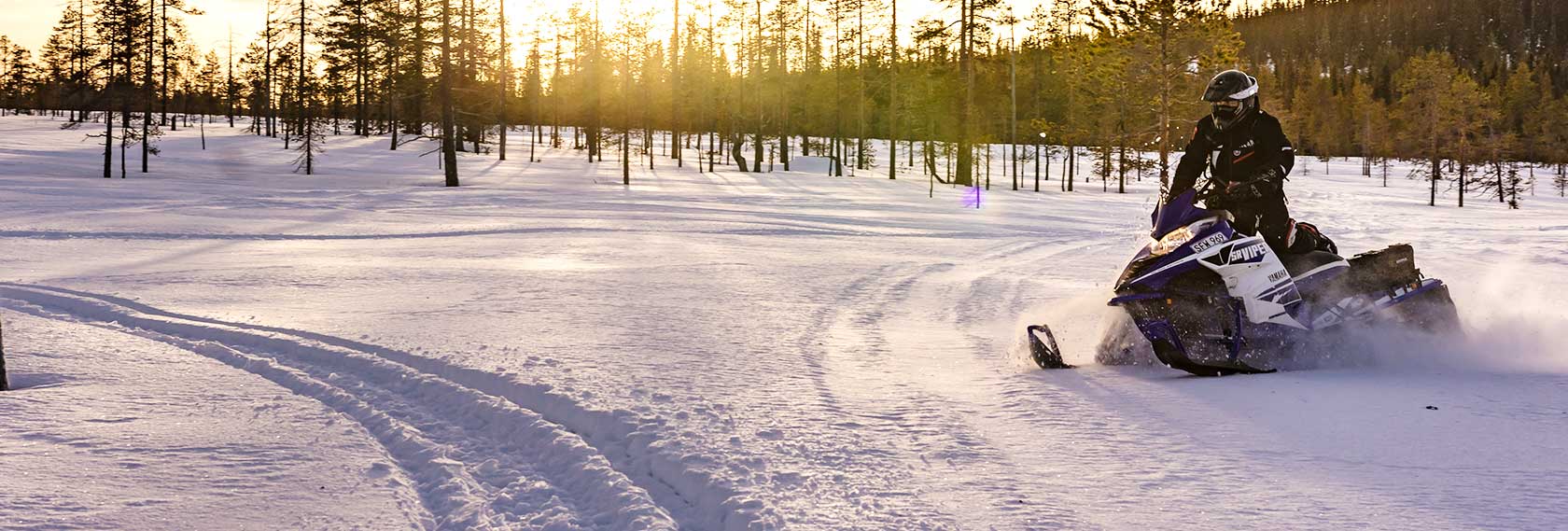

I have to admit that I enjoy working on our trails almost as much as I do riding on them. I’ve had the opportunity, and I hope you have also, to help our clubs and our trail crews in getting our trails ready for the upcoming season. And, interestingly, the National Weather Service is predicting that our fall trail preparations will not be in vain for this winter. Their studies of the combination of La Nina, El Nino, arctic volcanoes and a cold Pacific all indicate a very cold and snowy winter for us this season. Well, let’s hope so.
I usually try to keep my articles centered on what’s happening in Massachusetts, but the debate (or fight?) to allow (or not allow) snowmobiles into Yellowstone National Park continues to offer challenging topics for all of us. Yellowstone, of course, was our first national park. It has over 2 million acres of volcanoes, waterfalls, geysers, grizzly bears and bison and it has 466 miles of roads. You would think this would be enough to accommodate a large variety of user groups, but in the good old US, this is not so. Snowmobiles are restricted to just 185 miles of the Parks road system and have access to less than 1% of the entire landmass of Yellowstone.
Yellowstone receives over 3 million tourists a year. During the peak summer months, visitors pour into Yellowstone in autos, buses, motor homes, and on motorcycles at the rate of about 30,000 per day (35,000 if you include service vehicles and employees). In stark contrast, winter use has become limited due to the agendas of the anti-motorized groups. How limited you ask? Current policy puts a cap of just 318 snowmobiles per day. The National Park Service (NPS) has spent over $10 million taxpayer dollars since 2000 on winter-use studies to arrive at this number.
We might think that the problems of Yellowstone are “far away” and don’t affect us, but we must realize that here in New England we also have snowmobile trails on NPS lands. Within Acadia National Park there are legal snowmobile trails along the carriage roads on the eastern side of Eagle Lake.
The NPS also publishes many other relevant reports concerning the Park system. One such report is titled: “Economic Benefits to Local Communities from National Park Visitation.” This study reveals that Yellowstone has an economic impact of over $334 million dollars on its local economies. A ban on snowmobiling would have a dramatic negative impact on the people surrounding Yellowstone.
I applaud the motorized recreationists who have been fighting for reasonable access to our national, state and local public lands for decades. And I continue to hope that our society will resolve these issues before more decades pass. If we cannot share a 2 million acre parcel of land, then are we capable of “sharing” anything? If we cannot support the economic benefits of our sport for our neighbors, then how will we help to support our economy? If we do not stop the recreational discrimination that exists against snowmobiles, then where and when will the discrimination end? These questions deserve answers if we are ever to become a more tolerant and open-minded society. Remember, snowmobilers are environmentalists.